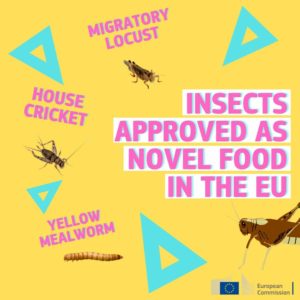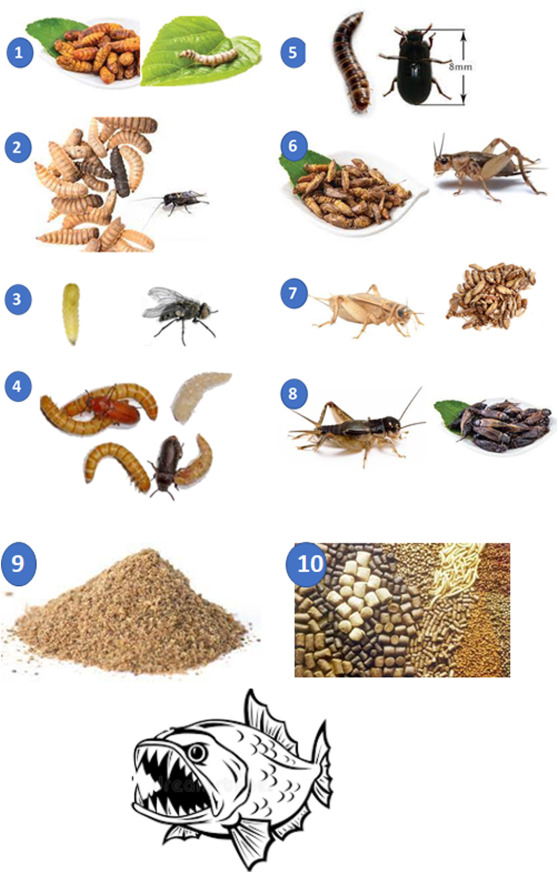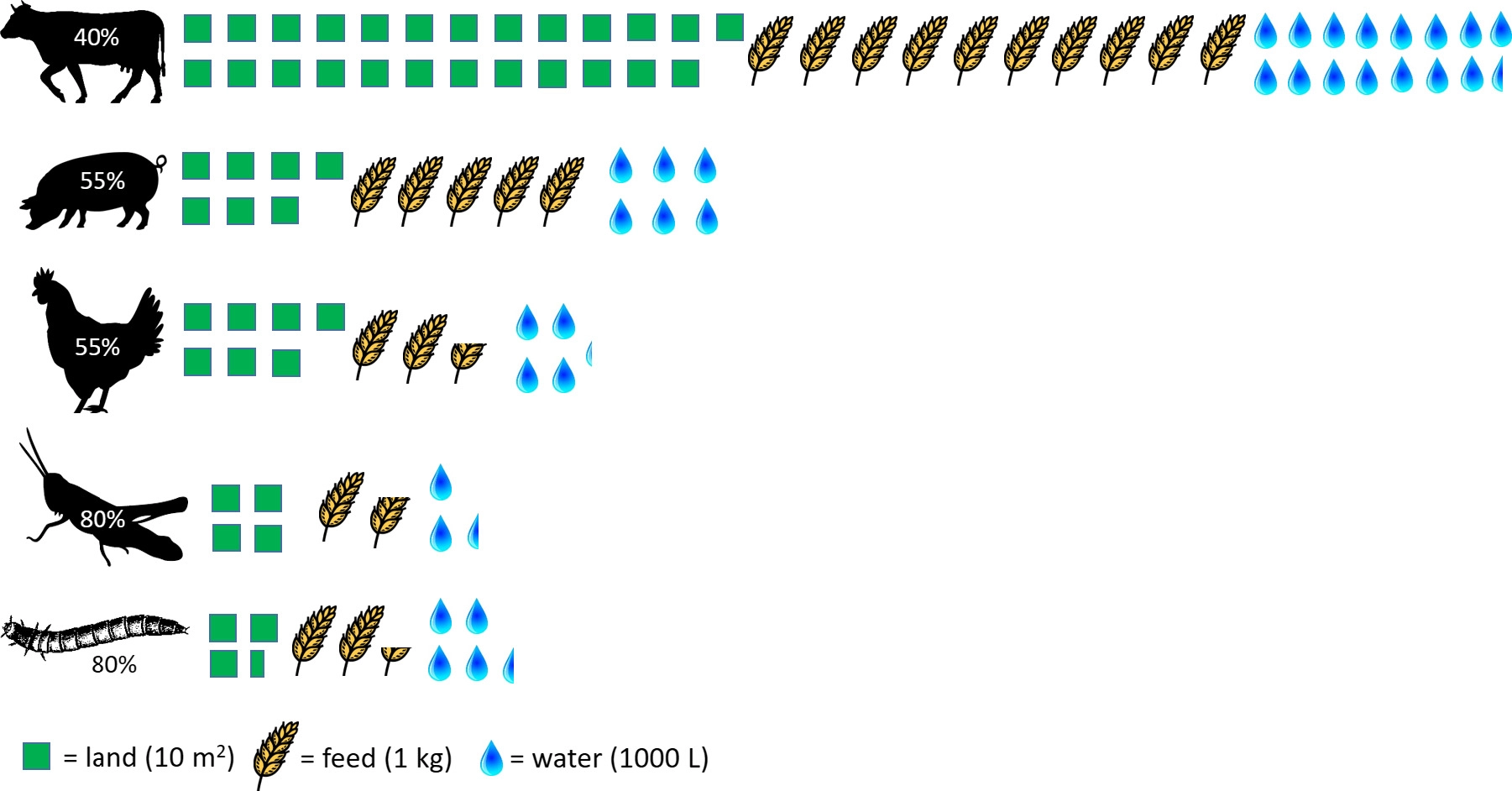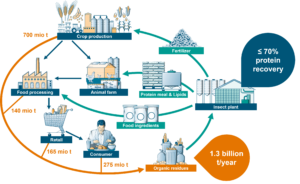Approval of fourth insect as a Novel Food by the EU




Everything comes down to the cost of inputs vs the benefits obtained from the outputs. Farm animals require feed and water, That feed is grown or developed in fields. Farm animals also release green-house gasses. Those gasses pollute the environment.
We also evaluate the benefits of those animals based on the food we obtain from, mostly, their slaughter. Or in the case of dairy or egg-layers, those respective products.
So, in simple terms, we compare the inputs vs outputs in a sample of farm animals vs commonly “farmed” insects like black soldier fly (Hermetia illucens), mealworm (Tenebrio molitor), locusts (Locusta migratoria) or crickets (Acheta domesticus).
Evidently, a beef animal would require more land for pastures and consumes a lot more water than any other farmed animal.
There are many ways to look at the economics of animal husbandry. But it is clear that a beef cow consumes the most of everything from water to feed to land required to feed it. Additionally, when one considers the amount of feed conversion to protein efficiency, a beef animal is a poor converter compared to other domestic animals.
Overall, insects require less space, way less feed and water and are environmentally friendly in terms of GHG emissions.
In addition, depending on the insect, the proportion of the whole insect that is edible is anywhere up to twice as much as beef.
So insects tick all the boxes: high feed conversion, faster growth/maturation, very low GHG, low water and space requirements and there are 1900 species that are known to be edible worldwide!

To appreciate the role of insects in a circular economy, we probably should start by defining what “circular economy” is.
“A circular economy is defined as an alternative to the current linear economy in which we take resources, produce, consume and generate waste. In a circular economy, systems and products are designed to eliminate the concept of waste, by enabling the recovery and reuse of all materials at the highest value possible at all times.” That is according to David Greenfield of the Circular Economy Institute.
The keywords are “recovery” and “reuse” of ALL Materials.
Instead of primarily harvesting raw materials to produce goods that wind up incinerated, or in oceans or landfills, the circular economy offers an alternative where stuff is deliberately reused, repaired and recycled over and over again. Our demand for resources way outstrips the earth’s ability to regenerate or replenish.
With respect to insects, their contribution to the circularity is enormous. The insects are fed waste streams from agriculture, agro-industries, human kitchen wastes, food production and sometimes human and animal waste. In turn, insects bio-convert those wastes into three main products: Proteins, fat, (chitin) and FRASS (fertiliser).
By converting waste, insects “upcycle” and help recover over 70% of the protein nitrogen.